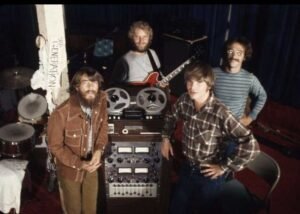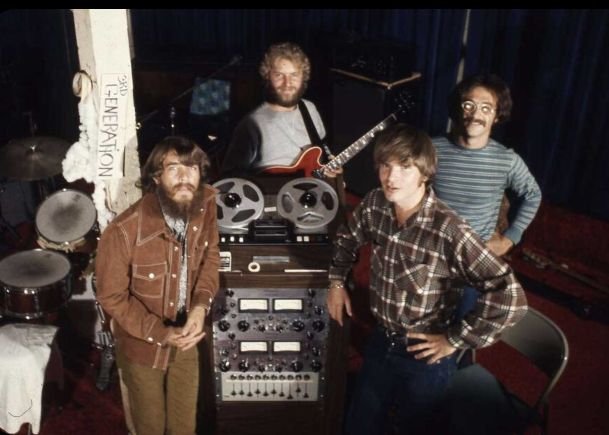The Tragic End Of Creedence Clearwater Revival: How It All Fell Apart

Creedence Clearwater Revival (CCR) may not have been around for long, but their impact on American rock music was massive. Formed in the late 1960s, they shot to fame with their signature swamp rock sound, cranking out hit after hit—many of which are still classics today. But behind the scenes, things weren’t so smooth. Tensions within the band kept building, and eventually, they couldn’t hold it together.
The Rise Of A Legend
CCR’s story started back in 1959 in El Cerrito, California, when John Fogerty, his brother Tom, Stu Cook, and Doug Clifford first started playing together. They performed under different names, like The Blue Velvets and The Golliwogs, before finally landing on Creedence Clearwater Revival in 1967. Their mix of rock, blues, and country quickly caught on, and before long, they were dominating the charts with songs like ‘Proud Mary,’ ‘Bad Moon Rising,’ and ‘Fortunate Son.’
Internal Struggles Broke Out
But while CCR was killing it on the charts, things within the band were falling apart. John Fogerty took charge as the main songwriter and decision-maker, which didn’t sit well with the others. His brother Tom, in particular, was frustrated with how little creative input he had. By 1971, he’d had enough and quit to go solo. The rest of the band tried to keep going as a more democratic group, but the shift only made things worse.
Hoping to fix the tension, they decided that everyone would contribute equally to their next album, 1972’s ‘Mardi Gras.’ But instead of bringing them together, it just made their differences more obvious. Critics tore the album apart—Rolling Stone even called it ‘the worst album I have ever heard from a major rock band.’ With the music suffering and personal issues piling up, CCR called it quits later that year.
